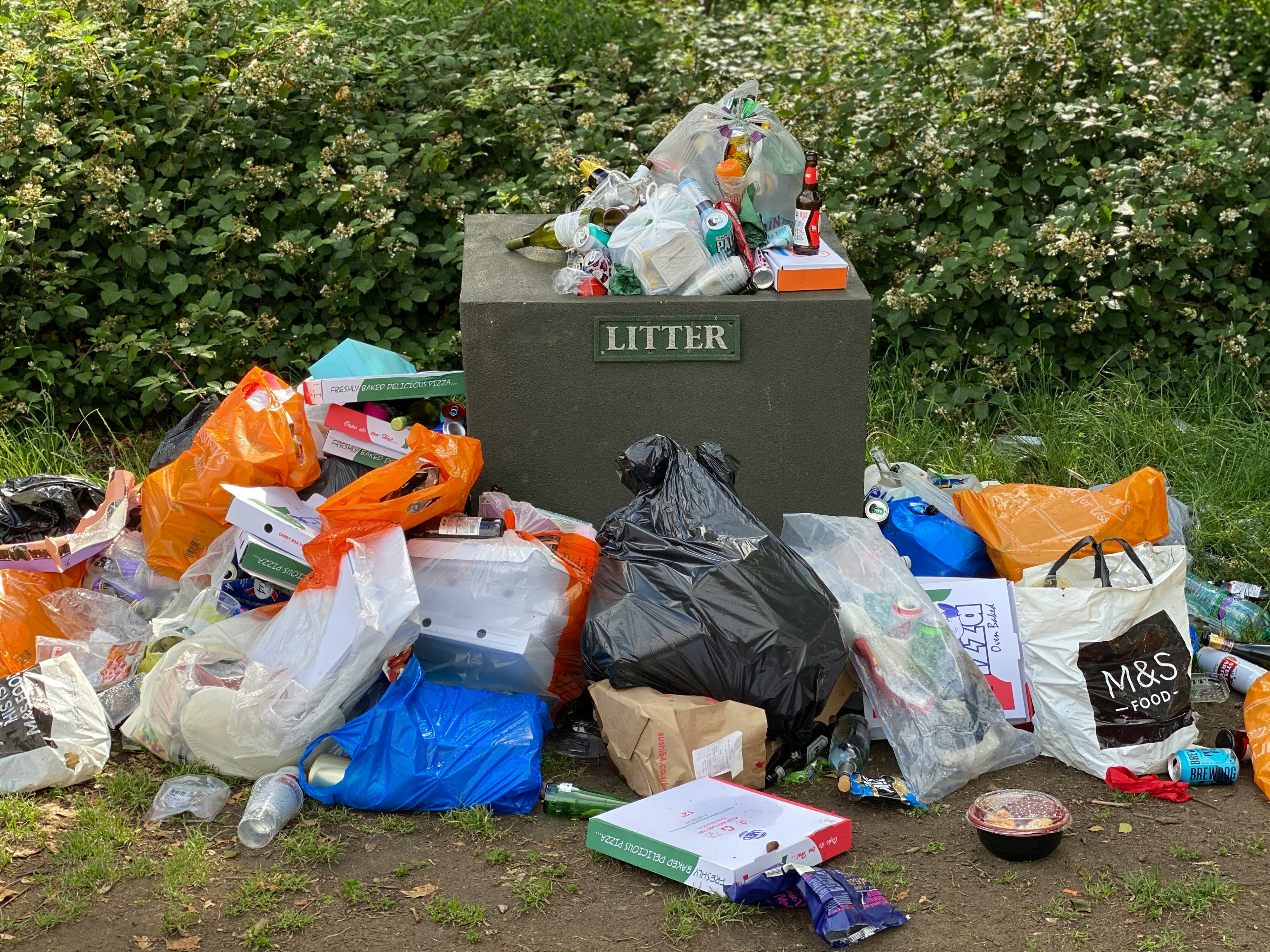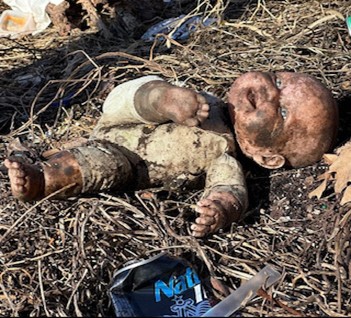
John Cameron/Unsplash License

John Cameron/Unsplash License
On her weekends off, Lehigh University’s library communication specialist Kathleen Frederick patrols Allentown, PA city grounds with a 13-gallon trash bag; picking up the litter strewn along the roadways. Typically, she’ll fill the bag with cigarette butts, plastic bottles, and discarded newspapers. But sometimes she finds something stranger – a disfigured baby doll and a range of cassette tapes with the Beverly Hills Cop soundtrack on them. She notices the litter that lines the streets and falls into sewer grates, and takes note of new neighborhoods she can add to her patrol.

But it hasn’t always been like that, she said she used to be “trash blind,” like many Allentown residents, ignoring the trash that peppers our streets. In a 2021 study published by Keep America Beautiful, they found that nearly 50 billion pieces of litter plagued roadways and waterways across the United States. In Pennsylvania, efforts have been made in recent years to combat this problem, through programs like Allentown’s SWEEP and Pennsylvania’s first litter action plan, published in 2021. Both of which focus on reshaping residents’ attitudes and behaviors around responsible waste disposal.
“I wanted to show people what an area could look like when it’s clean,” Frederick says.
During the COVID lockdown, Frederick began to take walks during her lunch breaks. When she realized the volume of trash in her area, she began to bring a plastic bag with her to collect litter. This small habit during her lunch breaks soon evolved into her local initiative, Lehigh Valley Cleanup. Frederick started Lehigh Valley Cleanup in the beginning of 2021, while she started her social media accounts, where she documents before and after photos of her cleanups, in October of 2021. To clean with Frederick, volunteers need a yellow safety vest, a pair of gloves, and a trash grabber. Frederick spends most of her cleanups in Allentown, where she reports the greatest volume of litter, but also picks up in Bethlehem and Easton.
Although a blind eye can be turned to the landscape, the same cannot be done for the volume of the issue. According to the Pennsylvania Litter Action Plan, Pennsylvania roadways have 502.5 million pieces of litter in total.
“[Litter] has become part of the landscape,” Frederick says. “The volume of trash is outrageous, and I don’t understand why.”
Ann Saurman, the manager of the Allentown City Bureau of Solid Waste and Recycling, oversees the city’s contract with waste management which collects trash and recycling, hands out recycling bins to residents, and educates residents on city ordinances for things such as trash limits. Additionally, Saurman’s department manages Allentown’s SWEEP program. The SWEEP program started in 2005 and aims to enforce and educate Allentown’s solid waste and recycling ordinances. Residents in violation of these ordinances are given a SWEEP violation ticket, for which must be paid, and the violation must be cleaned up. Saurman believes litter stems from not knowing or understanding city ordinances, while many would simply blame it on carelessness.
“Although our SWEEP program writes tickets for infractions, the main purpose of it is to educate,” Saurman says. “If we’re at a property and we see that something’s wrong, first and foremost, they would try to get in contact with that resident to let them know that there’s a problem. Because a lot of times residents don’t know that, that they’re even breaking rules or breaking ordinances, so it’s always most important to teach them.”
In a 2011 study published in the Journal of Environment and Behavior, personal, and environmental determinants of littering behavior were analyzed. The study concluded that the presence of existing litter significantly impacted the likelihood of littering in the observed experimental sites. Coupled with this conclusion is the importance of convenient and strategic placement of trash receptacles. Prior studies have found that while the addition of more trash receptacles does not reduce litter, one conveniently, well-placed receptacle can greatly reduce littering in a given area.
The Pennsylvania Litter Action Plan projects that with the behavioral changes advised by the plan, Pennsylvania can expect a 30% reduction of litter within the next five years. To keep track of the Commonwealth’s progress, the plan reports that they will conduct visible litter surveys each year starting in 2022, and then reconvene in 2027 to do a cumulative, follow-up study to see if the plan’s recommendations were successful. With that, it is difficult to report on the efficacy of Pennsylvania’s first litter action plan but litter in Pennsylvania is a pressing issue that the state faces.
“Litter is one of the very few, non-political, non-divisive issues in anybody’s community,” Frederick says. “Litter begets litter, and if you pick it up, it’s gone!”